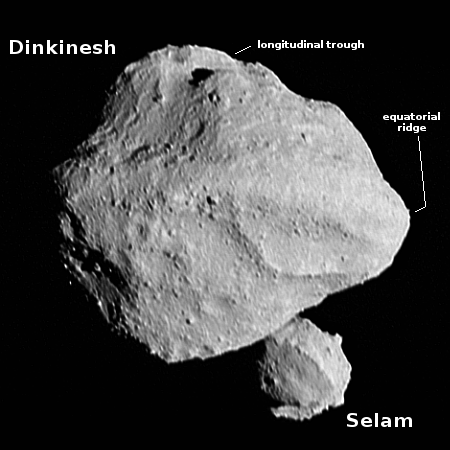Engineers report progress in restoring proper communications with Voyager-1
According to a NASA update yesterday, software engineers for the Voyager-1 spacecraft now beyond the edge of the solar system have managed to decipher the garbled data the spacecraft’s computers have been sending back to Earth since November 2023, and are in the process of analyzing that data with the hope of restoring full understandable communications.
The source of the issue appears to be with one of three onboard computers, the flight data subsystem (FDS), which is responsible for packaging the science and engineering data before it’s sent to Earth by the telemetry modulation unit.
On March 3, the Voyager mission team saw activity from one section of the FDS that differed from the rest of the computer’s unreadable data stream. The new signal was still not in the format used by Voyager 1 when the FDS is working properly, so the team wasn’t initially sure what to make of it. But an engineer with the agency’s Deep Space Network, which operates the radio antennas that communicate with both Voyagers and other spacecraft traveling to the Moon and beyond, was able to decode the new signal and found that it contains a readout of the entire FDS memory.
This new readable data was the result of a command sent two days before, suggesting that engineers are on the right track. Because Voyager-1 is so far away, 15 billion miles, it takes 22.5 hours for any command to be sent to the spacecraft, and another 22.5 hours for ground controllers to get a response. This long lag time has slowed the effort to fix the problem, but this new success suggests that a full recovery is possible.
That recovery is going to be relatively short-lived, no matter what. The nuclear-powered power sources for both Voyager spacecraft, flying since 1977, are expected to finally run out of power sometime in 2026, after almost a half century of operation. Moreover, the computers on both Voyagers are the longest continuously running computers in history.
The engineering achievement of both is astonishing.
According to a NASA update yesterday, software engineers for the Voyager-1 spacecraft now beyond the edge of the solar system have managed to decipher the garbled data the spacecraft’s computers have been sending back to Earth since November 2023, and are in the process of analyzing that data with the hope of restoring full understandable communications.
The source of the issue appears to be with one of three onboard computers, the flight data subsystem (FDS), which is responsible for packaging the science and engineering data before it’s sent to Earth by the telemetry modulation unit.
On March 3, the Voyager mission team saw activity from one section of the FDS that differed from the rest of the computer’s unreadable data stream. The new signal was still not in the format used by Voyager 1 when the FDS is working properly, so the team wasn’t initially sure what to make of it. But an engineer with the agency’s Deep Space Network, which operates the radio antennas that communicate with both Voyagers and other spacecraft traveling to the Moon and beyond, was able to decode the new signal and found that it contains a readout of the entire FDS memory.
This new readable data was the result of a command sent two days before, suggesting that engineers are on the right track. Because Voyager-1 is so far away, 15 billion miles, it takes 22.5 hours for any command to be sent to the spacecraft, and another 22.5 hours for ground controllers to get a response. This long lag time has slowed the effort to fix the problem, but this new success suggests that a full recovery is possible.
That recovery is going to be relatively short-lived, no matter what. The nuclear-powered power sources for both Voyager spacecraft, flying since 1977, are expected to finally run out of power sometime in 2026, after almost a half century of operation. Moreover, the computers on both Voyagers are the longest continuously running computers in history.
The engineering achievement of both is astonishing.









